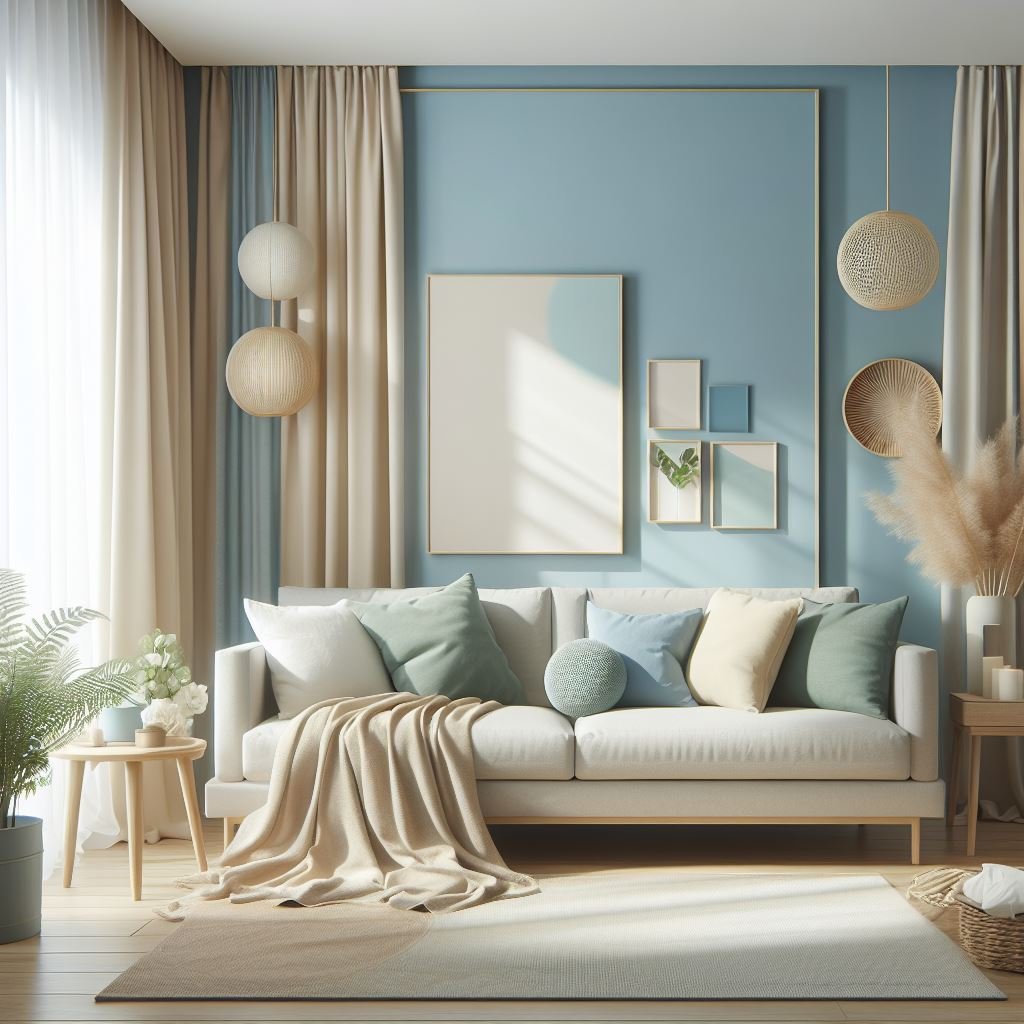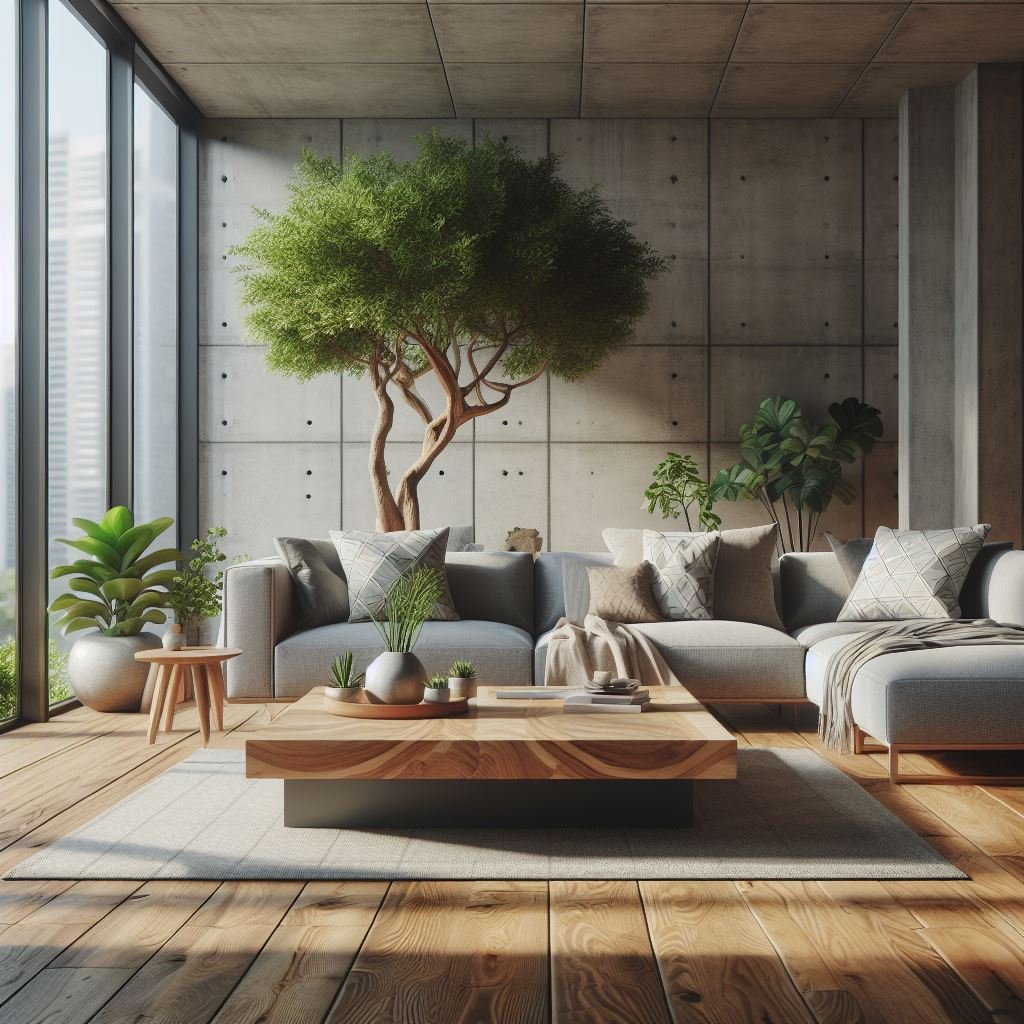Interior Designer's Role in Dental and Office Fitouts
Discover the critical role interior designers play in dental and office fitouts. Explore how their expertise enhances functionality, aesthetics, and patient experience in professional spaces.
Several individuals find it stressful to visit a dental clinic. The same applies to any business environment, where surroundings may significantly impact one's attitude and performance. Practical interior design is critical in making these areas pleasant and peaceful settings. Here's how you can employ exciting design choices in dental and office fitouts in Melbourne to develop a relaxing environment.
The Power of Colors
Selecting the Right Colour Palette
Colours have a substantial effect on our feelings. Soothing, calming hues such as blues, greens, and pastels can establish a relaxing atmosphere in a dentist or office environment. These hues are believed to relieve stress and anxiety, thus being ideal for spaces where individuals or employees devote a significant amount of time. On the other hand, avoid using excessively bright or bright hues, which can be overstimulating and detrimental to a relaxed environment.
Accent Walls and Artwork
Accent walls with relaxing colours or nature-inspired artwork can provide intriguing visuals without overloading your senses. Landscapes, seascapes, or geometric designs in soothing hues offer a serene centre point and improve the entire space environment.
Lighting: The Key to Comfort
Natural Light
Whenever feasible, make use of natural light. It not only illuminates the area but also improves psychological well-being. Large windows, skylights, and sliding doors can allow more light, resulting in an inviting and welcoming environment.
Artificial Lighting
In spaces lacking natural light, blend ambient, task, and accent lights to establish an even and welcoming environment. Soft, diffused light helps prevent glare and intense shadows, whereas task illumination guarantees specific parts are adequately lighted for their designated usage. Avoid employing extremely bright fluorescent lamps, which may appear clinical and unwelcoming.
Patient and Employee Comfort
Comfortable seating is necessary for both dentistry and workplaces. Consider chairs and sofas with appropriate padding and support to provide relaxation while resting for an extended period. Dental offices offer a choice of seating arrangements in the waiting room to suit diverse body types and interests.
Effective Layout
A carefully planned arrangement can significantly alter how a space appears. Check that the design supports straightforward movement and mobility. Seating at dental offices should be arranged in tiny groups instead of rows to make the space intimate and less intimidating. Adopt spacious workplace layouts, including quiet zones for concentrated work and communal spaces for cooperation.
Integrating Nature - Indoor plants
Plants are an easy but efficient way to integrate nature into the home. They enhance air quality and provide peace and serenity in the atmosphere. Select easy-to-maintain indoor plants that grow, such as succulents, snake plants, and peace lilies.
Nature Based Components
Include organic elements such as wood, stone, and water in the layout. Wooden furnishings, stone accents, and minor interior waterfalls help establish a sense of connectedness to the outdoors and promote relaxation. These components can also provide richness and warmth to the space, making it appear more welcoming.
Noise Control
Sound can cause significant anxiety in dentistry and office settings. Use insulation materials such as carpets, drapes, and Acoustic barriers to minimize disruptions. Stream gentle, soothing music or natural sounds to drown out irritating sounds and generate an additional relaxing auditory ambience.
Fragrance and Air Quality
Aromatic fragrances can improve a location's mood. To establish a sense of calm, use gentle therapeutic diffusion devices scented with lavender, chamomile, or eucalyptus. To preserve the air clean and crisp, promote adequate ventilation while maintaining air purifiers in working order.
Personalized Flair and Uniqueness - Reflecting Your Brand
Your design choices should represent the character and ideals of your business or company. Include brand-appropriate components such as unique paintings, brand hues, and customized furnishings. This component will help the area appear distinctive and strengthen your company's connection with clients and staff.
Customer and Employee Feedback
Evaluate soliciting feedback from clients and employees while planning your workplace. Their input may offer significant information about what creates a pleasant and welcoming setting. Engaging customers in the creative phase is another way to guarantee that the result satisfies their wants and needs.
Developing an Inviting Entrance - First Impressions Matter
The doorway is the first interaction stage for individuals and healthcare personnel. An efficient doorway establishes the mood for the remainder of the area. Use pleasant, welcoming colours and keep the area illuminated. A nice waiting area with friendly employees can make an essential impact and make an excellent first impression.
Comfortable Waiting Spaces
Waiting areas in dental clinics ought to appear more like cozy lounges than immaculate holding areas. To accommodate varied interests, incorporate various sitting alternatives, such as sofas and armchairs. Offer reading materials such as books and publications, and consider setting up a small refreshment counter with water, tea, and coffee.
Art and Décor - Thoughtful Artwork Selection
Art has a significant impact on a location's mood. Select artwork that exudes calm and cheerfulness. Natural landscapes, abstract pieces in relaxing hues, and regional artists' work can all bring a distinctive and soothing feel to your home. Eliminate exceptionally dramatic or powerful compositions, which may cause tension or uneasiness.
Personal Accents
Adding unique elements to the decor can make the place feel more welcome and less clinical. Showing certifications, images, or mementos may add personality to the setting, making it feel more intimate and linked.
Conclusion
Creating a relaxing atmosphere through thoughtful interior design is essential for office and dental fitouts. You can transform your space into a welcoming sanctuary by focusing on colour choices, lighting, comfortable furniture, natural elements, and sensory considerations. Remember, a well-designed environment enhances comfort and productivity and leaves a lasting positive impression on everyone who walks through your doors. Embrace the power of interior design to create a space where patients feel at ease, and employees can thrive.




